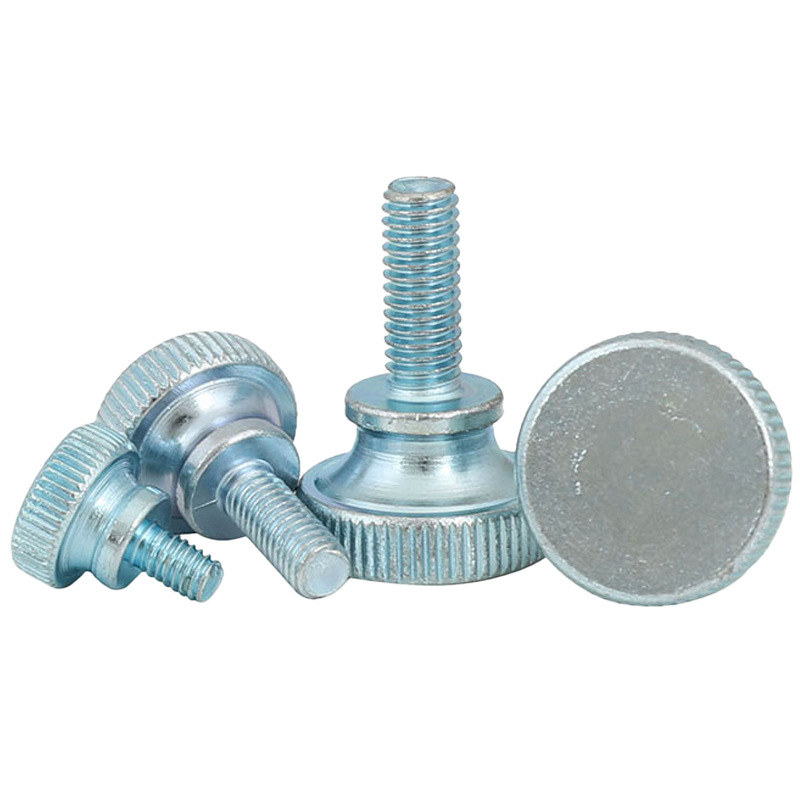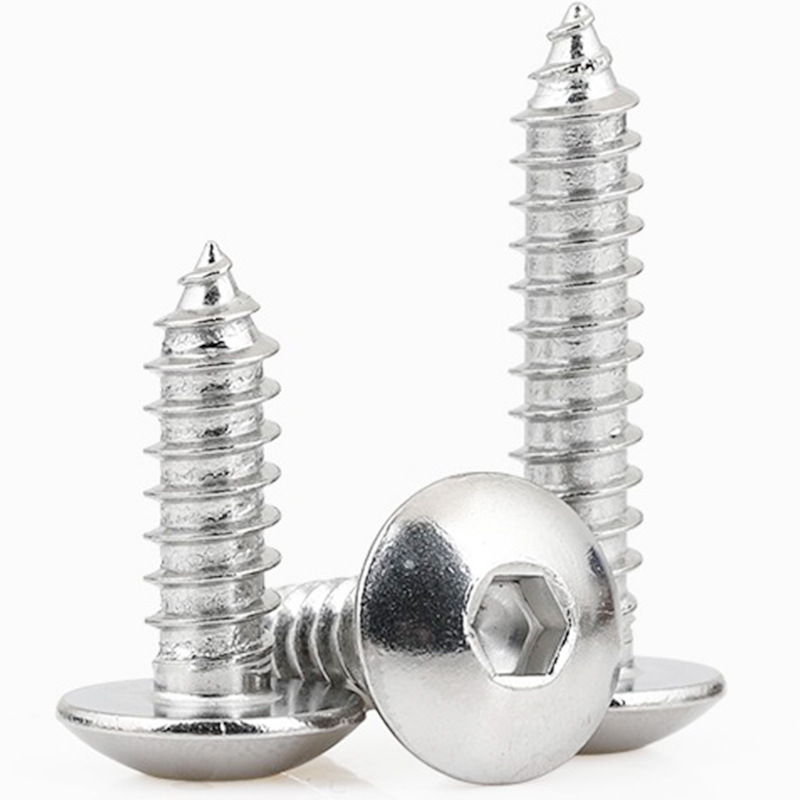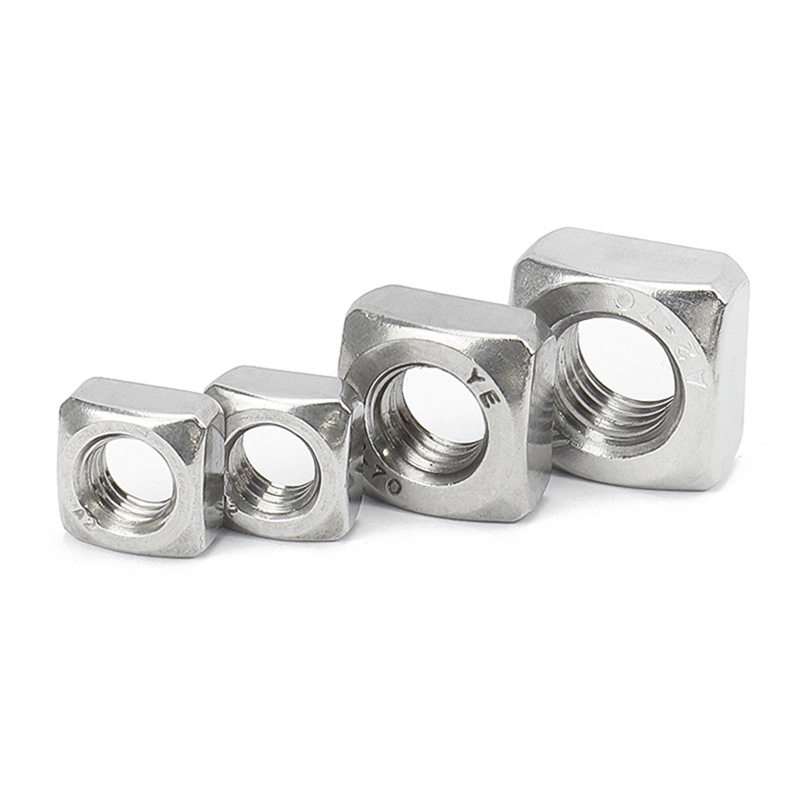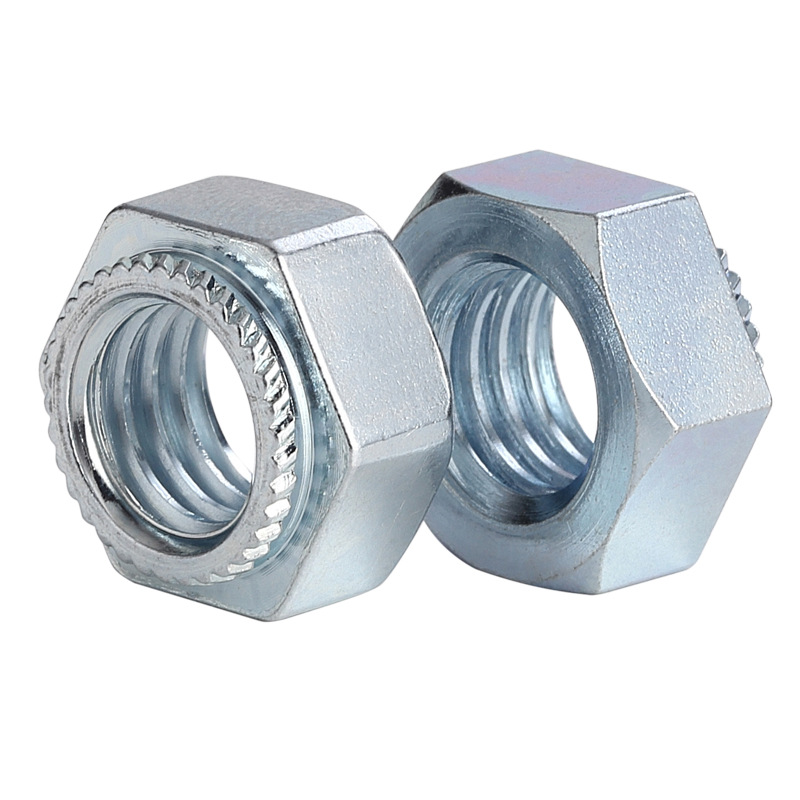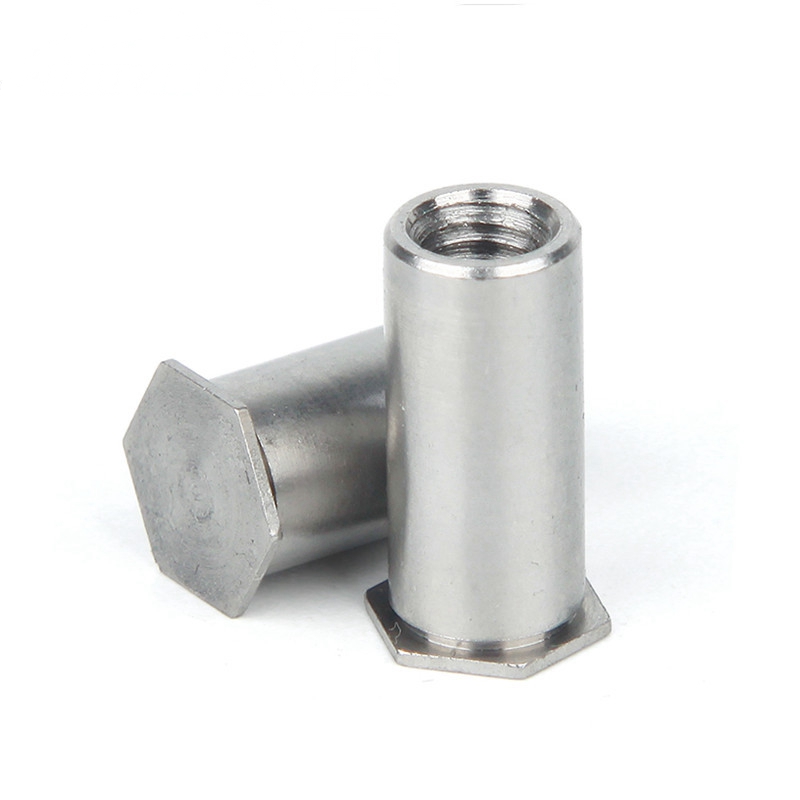1. What is a step screw?
Step screws are screws installed on stairs or slopes with a large slope. They are used to fix stair treads, anti-slip mats, etc. Their main materials are stainless steel or galvanized steel.
Step screws are a type of threaded nail used to connect wood or other materials. They are often used in the installation of wooden products such as stairs and floors.
2. Functions of step screws
- Fixing function
Step screws can effectively fix stair treads and other decorative materials so that they will not loosen or fall during use, ensuring people’s walking safety.
- Anti-slip function
Some step screws have raised patterns or special materials on the surface, which can increase the friction between the feet and the screws to prevent people from slipping or falling when walking.
- Aesthetic function
The different sizes and shapes of step screws can add a beautiful sense of lines to the stairs, making them not only practical but also decorative.
3. Different materials of step screws
- Stainless steel step screws
Common stainless steel grades include: 304, 316, 201, etc. Among them, 304 stainless steel has the characteristics of high corrosion resistance and good strength, 316 stainless steel has better corrosion resistance and longer service life, and is suitable for coastlines and high chloride environments. 201 stainless steel has weaker strength and is suitable for some occasions that do not require strength.
- Aluminum alloy step screws
Aluminum alloy material grades include 6061, 6063, etc. Among them, 6061 aluminum alloy is a heat-treated reinforced alloy with high strength, good weldability, and strong corrosion resistance.
- Carbon steel step screws
Carbon steel material grades include 4.8, 8.8, 10.9, etc. 4.8 grade carbon steel has lower strength and is suitable for foundation support occasions; 8.8 grade carbon steel has higher strength and is suitable for environments that need to withstand larger loads; 10.9 grade carbon steel has higher strength and is suitable for some special occasions.
4. Standards for step screws
The standards are mainly divided into the following aspects:
- Dimensions: The dimensions of step screws include length, diameter and other aspects, usually expressed in Unified Numbering System (UNS) or imperial units.
- Material: Step screws are usually made of metal materials such as steel or stainless steel. Different materials are required for different uses and environments.
- Surface treatment: In order to increase the corrosion resistance of the screws, step screws are usually galvanized or subjected to other surface treatments.
5. Purchase suggestions for step screws
Purchase precautions
When purchasing step screws, you need to pay attention to whether the size, length and specifications of the screws match the stair treads. At the same time, you must also pay attention to the quality of the screws. Choosing high-quality step screws can ensure their service life and fixing effect.
In summary, step screws not only have a fixing function, but also have anti-slip and aesthetic functions. They are an important part of ensuring people’s walking safety and improving the decorative effect of stairs.
- Select the material grade according to the use environment. Different use environments require the selection of screws of different materials. For example, in high chloride environments such as coastlines, it is recommended to choose 316 stainless steel screws.
- Select the strength grade according to the load. In environments that need to bear large loads, it is recommended to choose screws with carbon steel material grades of 8.8 and above.
- Select according to actual needs. The prices of step screws of different material grades are different. Readers should choose the appropriate material grade according to actual needs.
- Material selection: Different uses and environments require the selection of appropriate materials. For example, in a humid environment, stainless steel step screws that are not easy to rust need to be selected.
- Size selection: Select the appropriate size specifications according to actual needs to ensure that the connection is firmly tightened.
- Model selection: Select the appropriate step screw model according to actual needs. Common shapes include square head, semicircular head and round head. When selecting, you should choose according to actual needs.
- Surface treatment selection: Select the appropriate surface treatment method according to the actual use environment, such as galvanizing, yellow zinc, etc., to increase the corrosion resistance of the screw.
Step screws are a very important connection material. The selection of standard and appropriate screws has a great impact on the firmness and service life of the connection. Therefore, when choosing, it is necessary to select appropriate step screws according to actual needs.

